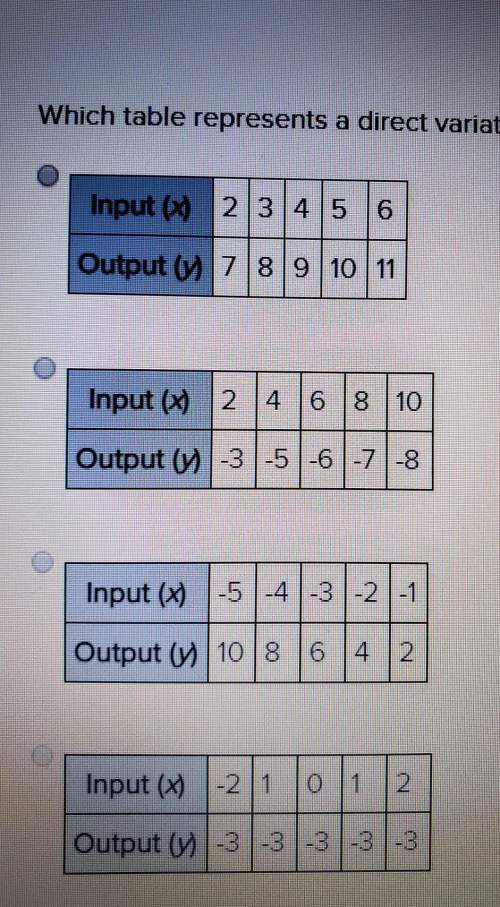
Mathematics, 29.08.2020 23:01, devante63
For this activity, you will need two coins. First, you will determine the theoretical probability of events. Then, you will flip the coins 100 times and determine the experimental probability of the events. Flip two coins 100 times, and record the results of each coin toss in a table like the one below: Result Frequency Two heads Two tails One head, one tail Answer the following questions based on the data you gathered. You must show your work to receive credit. What is the theoretical probability that a coin toss results in two heads showing? What is the experimental probability that a coin toss results in two heads showing? What is the theoretical probability that a coin toss results in two tails showing? What is the experimental probability that a coin toss results in two tails showing? What is the theoretical probability that a coin toss results in one head and one tail showing? What is the experimental probability that a coin toss results in one head and one tail showing? Compare the theoretical probabilities to your experimental probabilities. Why might there be a difference? This is my I simulated the 100 coin flips for both coins, and I got the following results: The theoretical probability that a coin toss results in two heads showing is 1/4. In fact, each coin shows heads with probability 1/2, and since the two coins are independent we multiply the probabilities. The experimental probability that a coin toss results in two heads showing is 22/100=11/50, because I got two heads 22 times out of 100 tries. The theoretical probability that a coin toss results in two tails showing is 1/4. In fact, each coin shows tails with probability 1/2, and since the two coins are independent we multiply the probabilities. The experimental probability that a coin toss results in two tails showing is 30/100=3/10, because I got two tails 30 times out of 100 tries. The theoretical probability that a coin toss results in one head and one tail showing is 2/4, because we count both heads-tails and tails-heads in this case, and each of them has probability 1/4 of occurring. The experimental probability that a coin toss results in one head and one tail showing is 48/100=12/25, because I got one heads and one tails 48 times out of 100. COMPARISONS: For two heads, we expected 1/4 = 0.25 and got 11/50 = 0.22 For two tails, we expected 1/4 = 0.25 and got 3/10 = 0.3 For one heads and one tails, we expected 1/2 = 0.5 and got 12/25 = 0.48. I was told... There is only 1 probability not 1/4 each. Make a chart of all

Answers: 2
Other questions on the subject: Mathematics


Mathematics, 21.06.2019 18:30, rocksquad9125
Ricky takes out a $31,800 student loan to pay his expenses while he is in college. after graduation, he will begin making payments of $190.66 per month for the next 30 years to pay off the loan. how much more will ricky end up paying for the loan than the original value of $31,800? ricky will end up paying $ more than he borrowed to pay off the loan.
Answers: 1

Mathematics, 21.06.2019 23:00, LillianMRucker
Atriangle in the coordinates of (2,3), (-4,5) and (-2,4) it is translated 3 units down. what are it’s new coordinates
Answers: 1

Mathematics, 22.06.2019 00:10, megharx
Will mark the brainliest. paula makes stained-glass windows and sells them to boutique stores. if her costs total $12,000 per year plus $4 per window for the frame. how many windows must she produce to earn a profit of at least $48,000 in one year if she sells the windows for $28 each?
Answers: 1
Do you know the correct answer?
For this activity, you will need two coins. First, you will determine the theoretical probability of...
Questions in other subjects:

Health, 20.11.2020 17:10





Social Studies, 20.11.2020 17:10


Mathematics, 20.11.2020 17:10








